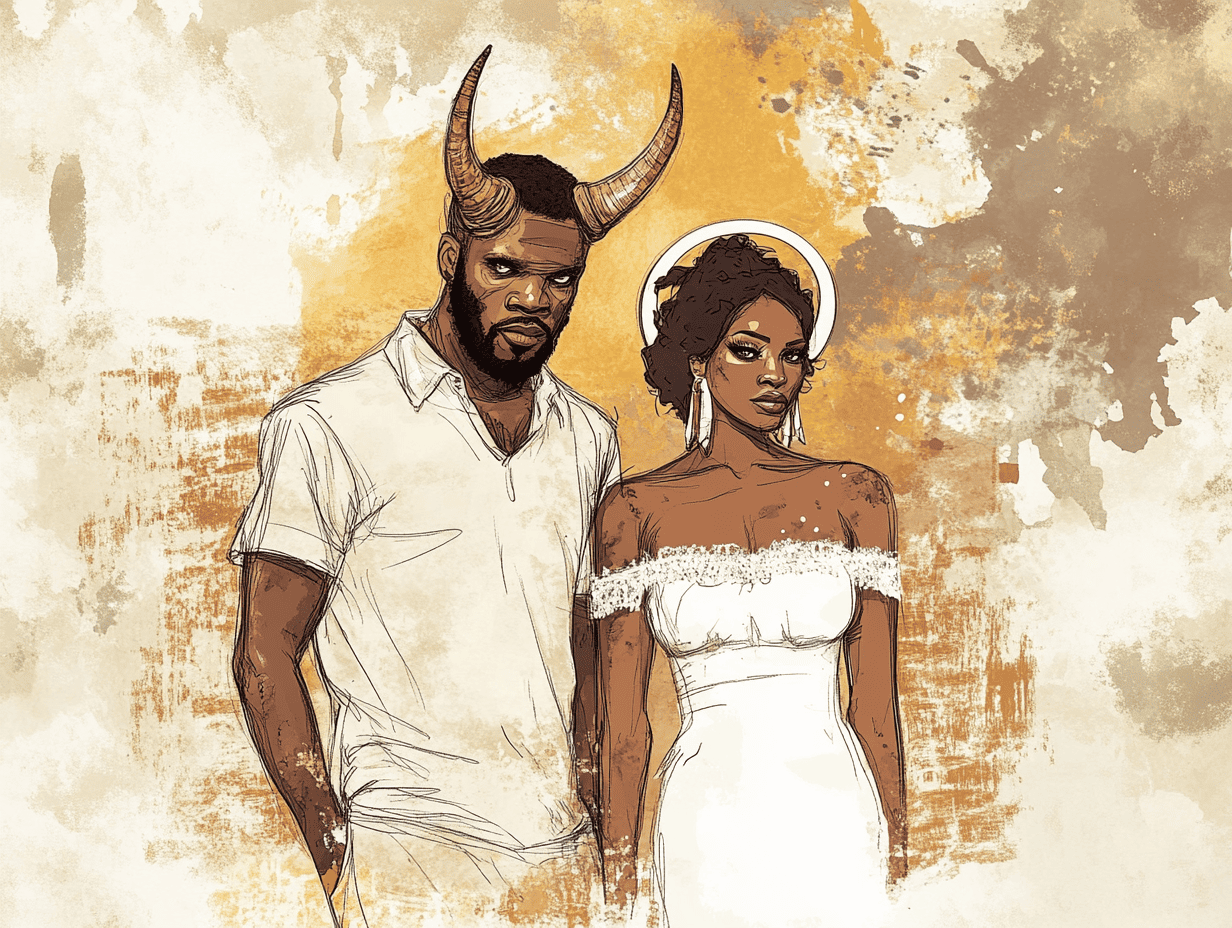A commentary on the poem: Why Men are Monsters and Women are Saints
There’s no shortage of stories painting men as villains in relationships. It’s an integral trope of popular culture. It’s why it’s more likely that people will assume the man was the one who did something wrong, after they hear about the failure of a relationship. It’s in movies and TV commercials, stand-up comedy, and the subtle and blatant captions and rants filled with innuendos on social media. They are everywhere: detailed accounts of the betrayal, deception, and manipulation of men. Many of these pain stories are valid, although they tell a one-sided story.
Women get hurt by men, deeply and too often. I’ve seen truly cruel men turn kind-hearted women into emotional wrecks. And yes, men get hurt by women too. I’ve seen women dismantle men who only ever loved them well. The difference lies in what happens after the damage. Women often share their pain openly, in safe spaces where sympathy is assumed. Men, on the other hand, usually grieve quietly. Most won’t even tell their friends. And when they do, it’s brief, surface-level, and rarely met with follow-up. Their heartbreak gets buried in deleted shared playlists and photo albums, new gym memberships and silence.
And that silence creates a one-sided archive. If only one gender speaks up when they are wronged, then the other will always look like the one doing all the wrong. Over time, men become monsters. Women become saints, because one side tells their story and the other buries theirs.
But this goes beyond romantic betrayal.
I watch a lot of real-life crime interrogation videos. They remind me of what the real world is like. And I’ve learnt from these that evil has no gender. I’ve seen husbands shoot their wives to marry a new woman. I’ve seen wives poison their husbands with antifreeze for an insurance payout. I’ve seen sons killing parents over inheritance. I’ve seen a 13-year-old girl manipulate a boy who had a crush on her into killing her father, so she could be with another boy, whom her father had forbidden her from contacting because he was a bad influence.
Men are evil, women are evil, men are good, women are good, children are good, children are evil, and the old are too.
Evil doesn’t care about your gender, your age, or your background. It just wants to exist. And it thrives by hiding behind our assumptions about what evil looks like.
Recently, I saw an upsetting post on Instagram where men shared their experiences of being sexually abused as children, often at the hands of female relatives, house helps, and neighbours. Some of these men were five or six years old when it happened. And most had never publicly shared their stories until that post. It was so hard to believe there were that many female child abusers in our society.
In our collective imagination, the face of sexual abuse is male. And that bias lets some women who commit the same evil walk right through the cracks, undetected.
Think about it. If a man is left alone in a room with a little girl, there’s tension. Someone will check in. People will be on edge. Even the man himself might feel uneasy. But if a woman is alone with a little boy, it’s seen as nurturing, even safe. And in that false sense of safety is where some of the worst things happen.
I once read about a highly effective child kidnapping gang whose entire strategy relied on using women to abduct children in busy public spaces. Their success was based on one simple truth: people don’t usually suspect women. Because we tend to associate the face of a kidnapper with a man, the women could move unnoticed, even while committing unspeakable crimes in plain sight.
When we assume evil only looks like one thing, we stop looking anywhere else. And when we don’t look, we don’t see. And when we don’t see, we can’t stop it.
The poem ‘Why men are monsters and women are saints’ is not about blaming women or defending men. It’s not about flipping the narrative or courting pity. It’s about showing the balance. Because balance is where truth lives. The real world is full of people who love and people who lie. People who heal and people who harm. They are not all men. They are not all women.
If we want to fight evil properly, we must stop thinking it has a rigid face. Sometimes, it looks exactly like the person no one suspects, in places no one expects it.



